Social Media Algorithms Explained: What Every User Should Understand
Social media has woven itself into the fabric of our daily lives, but have you ever paused to wonder how those endless streams of content reach your feed? The answer lies in the mysterious world of algorithms. These complex systems determine what we see and when we see it, often prioritizing relevance over simple chronology.
Understanding these algorithms isn’t just for tech enthusiasts; it’s crucial for every user wanting to navigate their social platforms effectively. Whether you’re aiming to attract real Instagram followers or simply want a more tailored experience, grasping how these algorithms work can be a game-changer. Let’s dive into the key factors that shape your social media experience!
Algorithms Prioritize Relevance Over Chronology
 Social media algorithms have shifted the focus from chronological feeds to a more personalized approach. This means that what appears on your screen is not just about when a post was made but how relevant it is to you. Every time you interact with content—liking, sharing, or commenting—the algorithm takes note. It learns your preferences and tailors future posts accordingly. This prioritization can often mean missing out on recent updates from friends or brands you follow if they don’t align with your interests.
Social media algorithms have shifted the focus from chronological feeds to a more personalized approach. This means that what appears on your screen is not just about when a post was made but how relevant it is to you. Every time you interact with content—liking, sharing, or commenting—the algorithm takes note. It learns your preferences and tailors future posts accordingly. This prioritization can often mean missing out on recent updates from friends or brands you follow if they don’t align with your interests.
Engagement Signals Are Crucial
Engagement signals are pivotal in how content is prioritized on social media platforms. Likes, shares, comments—all interactions indicate what users find interesting or valuable. The more engagement your posts gather, the more likely they will be shown to others. Social media algorithms analyze these signals to determine which content resonates with audiences. If your post sparks conversations or gets shared widely, it gains traction quickly. This creates a ripple effect, pushing it further into users’ feeds. It’s not just about quantity; quality matters too. Genuine interactions often outweigh mere likes. Thoughtful comments can signal deeper engagement than simple thumbs-ups.
User Behavior Shapes the Feed
User behavior is a fundamental driver of what appears on your social media feed. Each interaction you make—likes, shares, comments—sends signals to the algorithm about your interests and preferences. The more you engage with certain types of content, the more similar posts you’ll see. This tailored experience keeps users hooked by presenting relevant material that aligns with their tastes. Curiosity plays a huge role too. If you frequently watch videos from specific creators or explore particular topics, expect those themes to dominate your feed. Social platforms also analyze dwell time; how long you linger over posts impacts future recommendations. The algorithm learns from each scroll and click.
Consistency and Content-Type Matter
 Consistency in posting is essential for maintaining visibility on social media. Frequent updates keep the audience engaged and indicate to algorithms that you contribute actively. Those who post sporadically may find their content slipping through the cracks. Content type also plays a significant role. Different platforms favor various formats—photos, videos, or stories all have unique strengths. Experimenting with diverse types can help identify what resonates best with your audience.
Consistency in posting is essential for maintaining visibility on social media. Frequent updates keep the audience engaged and indicate to algorithms that you contribute actively. Those who post sporadically may find their content slipping through the cracks. Content type also plays a significant role. Different platforms favor various formats—photos, videos, or stories all have unique strengths. Experimenting with diverse types can help identify what resonates best with your audience.
Conclusion
Understanding social media algorithms empowers users to take control of their online experience. By recognizing how engagement, user behavior, and consistent content impact visibility, individuals can tailor their feeds and optimize their posts for better reach and interaction.…
Read More




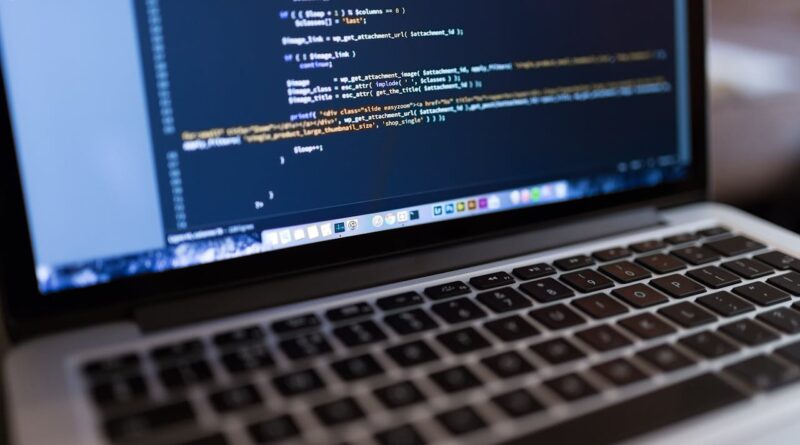





 vShare, a third-party store for apps, consistently stands among the top apps alternatives. This app store, also recognized as vShare Market, recognizes Android and iOS users to download apps and matches within seconds. Both platforms enable users to download paid apps for easy.
vShare, a third-party store for apps, consistently stands among the top apps alternatives. This app store, also recognized as vShare Market, recognizes Android and iOS users to download apps and matches within seconds. Both platforms enable users to download paid apps for easy. AppValley is also recognized as one of the top apps comparable to TutuApp in third-party app stores. AppValley has an intuitive interface that permits users to quickly download hundreds of apps and games onto their mobile accessories. AppValley is best for iOS users (including iPad users), as it doesn’t challenge you to jailbreak or possess an Apple ID to use AppValley.
AppValley is also recognized as one of the top apps comparable to TutuApp in third-party app stores. AppValley has an intuitive interface that permits users to quickly download hundreds of apps and games onto their mobile accessories. AppValley is best for iOS users (including iPad users), as it doesn’t challenge you to jailbreak or possess an Apple ID to use AppValley.



 Android program bundles (APK) store Android apps, and these files set up new programs. To install software from APKs, you’ll have to allow a choice to install from outside sources in Android version Nougat and also lower. In future Android variants, you need to empower sideloading for particular programs. You have to take care when installing apps utilizing APKs, and you want to make sure what it is you are installing is secure.
Android program bundles (APK) store Android apps, and these files set up new programs. To install software from APKs, you’ll have to allow a choice to install from outside sources in Android version Nougat and also lower. In future Android variants, you need to empower sideloading for particular programs. You have to take care when installing apps utilizing APKs, and you want to make sure what it is you are installing is secure.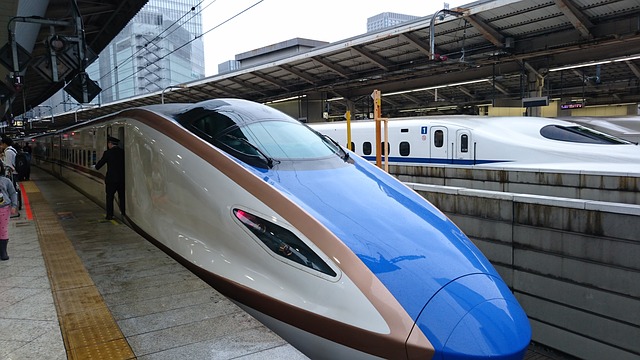





 One of the most astounding components of a VPN is letting someone change the IP no matter where you’re on business trips or traveling. As soon as you alter the IP, you might use it to navigate those sites that are strictly for your clients only. You will love to log in to this Hulu.com once you are not a US citizen. You cannot attain that. This can let you browse this website as it recognizes that the US UP. Besides Hulu.com, VPN may also be related to Facebook and Twitter when you are in China since they blocked these websites.
One of the most astounding components of a VPN is letting someone change the IP no matter where you’re on business trips or traveling. As soon as you alter the IP, you might use it to navigate those sites that are strictly for your clients only. You will love to log in to this Hulu.com once you are not a US citizen. You cannot attain that. This can let you browse this website as it recognizes that the US UP. Besides Hulu.com, VPN may also be related to Facebook and Twitter when you are in China since they blocked these websites.
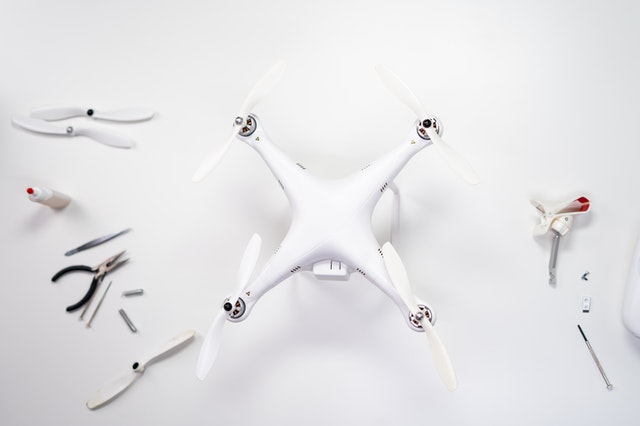
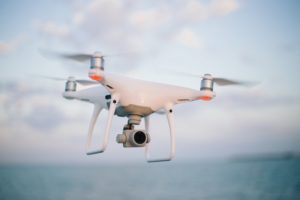
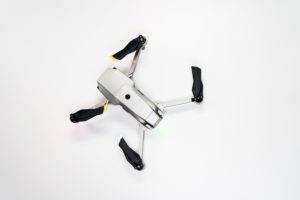

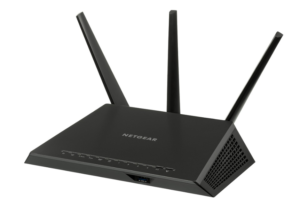 Theoretically, there’s no limitation to the number of repeaters added to every Gateway unit. But if greater than five repeaters are inserted to every Gateway, every unit’s operation will endure. Numerous Gateways increase the total performance and endurance of the system. Each node ought to be able to link to as many different nodes in the community. If a single
Theoretically, there’s no limitation to the number of repeaters added to every Gateway unit. But if greater than five repeaters are inserted to every Gateway, every unit’s operation will endure. Numerous Gateways increase the total performance and endurance of the system. Each node ought to be able to link to as many different nodes in the community. If a single 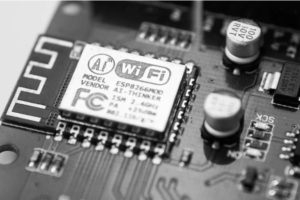 This was amazingly useful for me as I’d started assembling a WiFi framework utilizing a charging mate on an income share premise. When I began, on the off chance that I didn’t make anything, it didn’t cost me anything. But the firm merged with another firm and their coverage shifted into a monthly fee basis ($200 to get ten units) without an earnings share. The monthly fee and the price of 2 Internet connections ($250 a month) were substantially higher than the earnings generated from subscribers. My only choice was to cover the monthly fee and drop cash, go with a different billing partner and purchase and reinstall new gear at great cost or near the organization. I then found that the CloudTrax system could only set up the Open-Mesh firmware in my existing installed equipment, maintain 100 percent of their revenue from subscriptions and buy the identical equipment in a fraction of the purchase price. I truly love this method, its simplicity of usage, zero cost, and the forums/developers’ assistance.…
This was amazingly useful for me as I’d started assembling a WiFi framework utilizing a charging mate on an income share premise. When I began, on the off chance that I didn’t make anything, it didn’t cost me anything. But the firm merged with another firm and their coverage shifted into a monthly fee basis ($200 to get ten units) without an earnings share. The monthly fee and the price of 2 Internet connections ($250 a month) were substantially higher than the earnings generated from subscribers. My only choice was to cover the monthly fee and drop cash, go with a different billing partner and purchase and reinstall new gear at great cost or near the organization. I then found that the CloudTrax system could only set up the Open-Mesh firmware in my existing installed equipment, maintain 100 percent of their revenue from subscriptions and buy the identical equipment in a fraction of the purchase price. I truly love this method, its simplicity of usage, zero cost, and the forums/developers’ assistance.…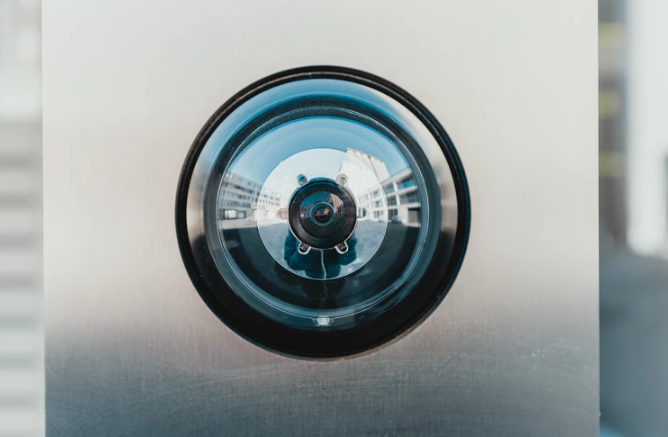
 Most nannies understand that a hidden camera is installed in the children’s nursery room. It is where she spends time to perform her jobs, so they indeed behave at best even though there is not one. In any case, it is always a good strategy to conceal one there. You might want to put a picture frame placed near the baby’s mattress or this crib’s head. This way, you know how the nanny’s face when she smiles or scares the baby through the camera.
Most nannies understand that a hidden camera is installed in the children’s nursery room. It is where she spends time to perform her jobs, so they indeed behave at best even though there is not one. In any case, it is always a good strategy to conceal one there. You might want to put a picture frame placed near the baby’s mattress or this crib’s head. This way, you know how the nanny’s face when she smiles or scares the baby through the camera. As the bathroom can be a place with high accident-prone, it is better to install a hidden camera. You can put it on the bathroom wall to capture every movement of the nanny toward your child. Be careful not to set it in a blocked spot. If you can install it accurately, you can know why your baby has a bump in the head when the nanny cannot tell you.
As the bathroom can be a place with high accident-prone, it is better to install a hidden camera. You can put it on the bathroom wall to capture every movement of the nanny toward your child. Be careful not to set it in a blocked spot. If you can install it accurately, you can know why your baby has a bump in the head when the nanny cannot tell you.


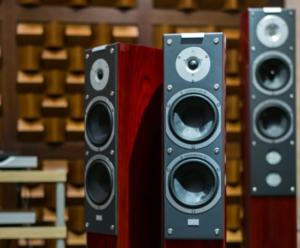 They are rhythm, a way to act, relax, and pass the time, live a life, fun group outing, and much more. But what if, instead of spending money on theatre, you sit in a room with people – many of whom you don’t know – and you can see the image of your selection (not exactly what’s at stake) in your theatre? Then you will have realized that you would appreciate it more with a home soundbar. After all, what’s not to like about the choice of seating arrangements, chairs, and, above all, the image and time spent in your home’s comfort!
They are rhythm, a way to act, relax, and pass the time, live a life, fun group outing, and much more. But what if, instead of spending money on theatre, you sit in a room with people – many of whom you don’t know – and you can see the image of your selection (not exactly what’s at stake) in your theatre? Then you will have realized that you would appreciate it more with a home soundbar. After all, what’s not to like about the choice of seating arrangements, chairs, and, above all, the image and time spent in your home’s comfort! These are not just movies. You can also use them to watch sporting events. But instead of sitting on the couch, you can “sit” in the ring or on the field, or feel close and personal with features like the high-resolution screen and surround system. There is no option.
These are not just movies. You can also use them to watch sporting events. But instead of sitting on the couch, you can “sit” in the ring or on the field, or feel close and personal with features like the high-resolution screen and surround system. There is no option.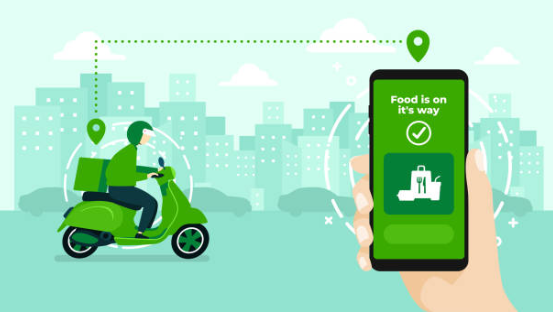


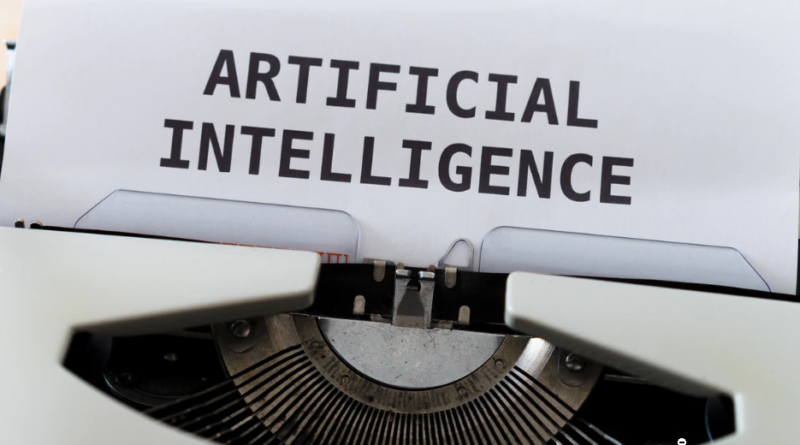
 With the help of artificial intelligence, people can be more connected to their choice online. They can interact with the product they wish to buy in the form of visual and sense. Research has been around for a long time, but with increasing trade and advances in artificial intelligence, it is now gaining acceptance from all retailers. They can now go shopping across different nations right from their smartphone. It also allows you to compare the product digitally by looking at its 3D forms, even trying to wear it, take a picture, and send them to friends via email or social media.
With the help of artificial intelligence, people can be more connected to their choice online. They can interact with the product they wish to buy in the form of visual and sense. Research has been around for a long time, but with increasing trade and advances in artificial intelligence, it is now gaining acceptance from all retailers. They can now go shopping across different nations right from their smartphone. It also allows you to compare the product digitally by looking at its 3D forms, even trying to wear it, take a picture, and send them to friends via email or social media. A few decades ago, this consumer’s purchasing experience was still in the background, along with all the longer claims without technology help. This condition makes it hard for people to make predictions and draw conclusions as there is a bunch of data someone had to go through to do the job. With artificial intelligence support, the days of focusing on the amount of aggressive re-marketing and advertising exposure are likely to be over because the process has become compact and efficient. The new era of targeted advertising marketing can focus on relevance visitors and make a better interaction between people and technology.
A few decades ago, this consumer’s purchasing experience was still in the background, along with all the longer claims without technology help. This condition makes it hard for people to make predictions and draw conclusions as there is a bunch of data someone had to go through to do the job. With artificial intelligence support, the days of focusing on the amount of aggressive re-marketing and advertising exposure are likely to be over because the process has become compact and efficient. The new era of targeted advertising marketing can focus on relevance visitors and make a better interaction between people and technology.

 Regular exercise is just another healthy and simple way to increase cognition, according to a UCLA meta-study. Exercise helps mood, physical health, and cognition, as well as helps, build new cells, and stimulate the mind. Something as simple as walking, or doing push-ups can help.
Regular exercise is just another healthy and simple way to increase cognition, according to a UCLA meta-study. Exercise helps mood, physical health, and cognition, as well as helps, build new cells, and stimulate the mind. Something as simple as walking, or doing push-ups can help.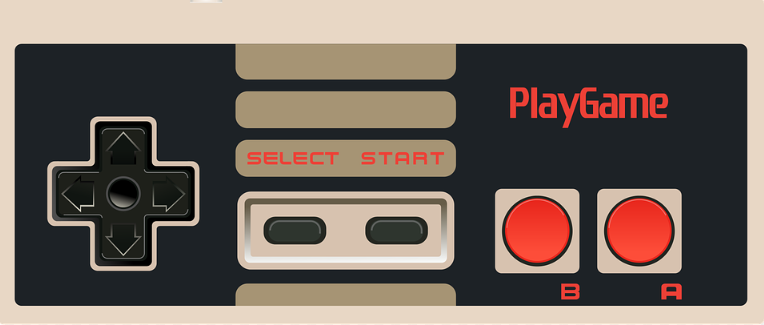



 With digital photography, anyone can be a photographer. Many mobile phones are also equipped with digital cameras. In fact, couples with financial problems decide not to hire a photographer for their wedding. One of the friends present, who has the good sense to use a digital camera, is given the task of clicking on the decisive moments. If you plan to do the same on your wedding, it is essential to give advice to your photographer to get better results. You can
With digital photography, anyone can be a photographer. Many mobile phones are also equipped with digital cameras. In fact, couples with financial problems decide not to hire a photographer for their wedding. One of the friends present, who has the good sense to use a digital camera, is given the task of clicking on the decisive moments. If you plan to do the same on your wedding, it is essential to give advice to your photographer to get better results. You can 

 A significant advantage of a monitoring process is the simple fact whether or not it’s static or in motion, and it may report the phone’s location. You can track the movement of their mobile phone. In reality, monitoring systems are so active they can monitor a telephone if it’s switched off. It is presented that the offender doesn’t hide the SIM card; it can be caught. The monitoring process is so effective that the place that is reported is accurate. This usually means you don’t need to seek out the area with a thought. Modern devices have the capacity to give convenience to join with the web. This usually means that you track the positioning of your mobile phone and can log into the device at any moment.
A significant advantage of a monitoring process is the simple fact whether or not it’s static or in motion, and it may report the phone’s location. You can track the movement of their mobile phone. In reality, monitoring systems are so active they can monitor a telephone if it’s switched off. It is presented that the offender doesn’t hide the SIM card; it can be caught. The monitoring process is so effective that the place that is reported is accurate. This usually means you don’t need to seek out the area with a thought. Modern devices have the capacity to give convenience to join with the web. This usually means that you track the positioning of your mobile phone and can log into the device at any moment. Mobile monitoring programs include a GPS system which gets the place listed in a particular format. After these routes travel along while taking your phone, the device records all these specifics. This usually means you could also decide to track the tracking history of your mobile phone and to stop at any moment! A quality that’s coming that uses these programs is one which was made to overthrow the difficulty in applications. Not having the ability to monitor in the event, the SIM card will be eliminated and the issue will be solved by adding receivers. This implies that the robber changes the SIM card and in case your phone is taken, a text message will be instantly received by the recipients that are stored. This message includes the amount of the card which has been entered from the phone together with this device’s location.…
Mobile monitoring programs include a GPS system which gets the place listed in a particular format. After these routes travel along while taking your phone, the device records all these specifics. This usually means you could also decide to track the tracking history of your mobile phone and to stop at any moment! A quality that’s coming that uses these programs is one which was made to overthrow the difficulty in applications. Not having the ability to monitor in the event, the SIM card will be eliminated and the issue will be solved by adding receivers. This implies that the robber changes the SIM card and in case your phone is taken, a text message will be instantly received by the recipients that are stored. This message includes the amount of the card which has been entered from the phone together with this device’s location.…